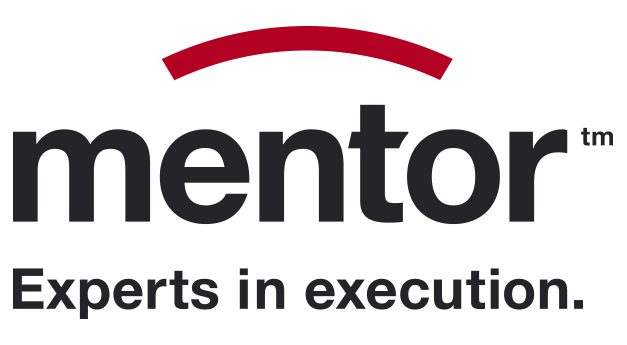Ideas have no intrinsic value until they are executed successfully
In this first in a series of articles, David Hilliard, Mentor Europe’s CEO, reflects on a lifetime in strategic execution, sharing insights and observations gained from nearly 40 years’ experience.
Some things never change
The last forty years has witnessed a digital revolution, the advent of social media, a global pandemic – to name but a few.
Generally, these have improved the way we work, conduct business, and communicate.
Yet, industry still struggles to execute ideas and strategies.
In my nearly 40 years in this business, I’ve heard a lot of talk and witnessed much activity around executing strategic programs.
Yet, these fads just tinker with the execution process – they haven’t done much to move the needle.
Recent McKinsey’s research found that 70% of major transformations still fail in execution every year.
That’s because none of these cosmetic changes get to the crux of the issue – how people think, act, and behave under pressure.
In this first in a series of articles, I’ll share with you my thoughts and observations as to why this is the case. And how determined professionals can sidestep the most glaring errors of judgment and achieve genuine strategic execution success.
Ideas are cheap, execution is everything
We are overloaded with ideas, innovation, and creativity. Just look at LinkedIn on any given day. I could fill my entire calendar with webinars promoting yet another great idea that’s going to change the paradigm.
But these ideas have no intrinsic value unless they are executed successfully.
Chris Sacca, angel investor in Twitter and Uber put it very succinctly:
“Ideas are cheap, execution is everything”.
The plain fact is that executing business-critical programs is hard.
As Ted Levitt, former editor of the Harvard Business Review, said way back in 2002:
“As anybody who knows anything about any organisation knows only too well, it is hard enough to get things done at all, let alone to introduce a new way of doing things, no matter how good it may seem.”
Sadly, nothing has changed.
Most companies operate outside their circle of competence when executing strategic programs
According to the C-suite Outlook 2022 from The Conference Board, accelerating digital transformation is one of today’s top 5 priorities for CEO’s.
Whatever your definition of “digital transformation,” the undisputed fact is these programs should be decisive in shaping the future success of organisations today.
And, if you’re serious about accelerating digital transformation, you’ll have to strengthen your company’s circle of execution competence to successfully deliver business-critical programs.
The reasons are incontrovertible.
McKinsey’s 2019 research found that 70% of major transformations failed to be successfully executed every year. In 2015, it was estimated by Genpact that the annual global cost of digital transformations failing to deliver was $400 billion. It’s likely to be far higher today. PWC estimate that IT failures cost the US economy alone up to $150 billion in 2021.
Staggering. But hardly surprising.
Big numbers like these are hard to get your head around. Even if they were only a fraction of these, everyone knows the numbers are appalling around delays, overspends and flameouts on transformation programs.
Many companies don’t know what they aren’t capable of
The truth is: business-critical programs force most companies to operate outside the edge of their circle of competence. And while many companies are jam-packed with competent professionals, recognising what they can’t do is more valuable than being brilliant at what they can do.
You need to be smart about defining the edges of your circle of competence and know when you’re outside of it. If you’re securely inside your circle, you have an edge. But when you’re outside of it, that’s when things get dangerous.
As Warren Buffet put it:
“Know your circle of competence and stick within it. The size of that circle is not very important; knowing its boundaries, however, is vital.”
My close friend is a surgeon. He has a circle of competence built from three decades of study and practical experience. Few people have his circle of competence – and they can’t easily get it. You just can’t read a few books on surgery and then go out and practice. His circle of competence is very specialised.
So, when it comes to business-critical execution, you really have to know when you’re outside your circle of competence and bring in expert help to plug any gaps you have.
Companies don’t think twice about doing this if they have a strategy gap. They don’t bat an eyelid.
Yet, where they have massive execution gaps, they either don’t recognise it – or have somehow persuaded themselves they can execute successfully, without expert help.
The bottom line is: Many companies don’t know what they aren’t capable of. And this is why the bulk of my work has been in program “rescue” for more than 30 years.
On complex “bet the company” programs, the same howlers crop up repeatedly – blunders that would simply not be tolerated in any other business discipline.
What do you do when your luck runs out?
This article is a part of an Insight Guide by David called “Reflections on a Lifetime in Strategy Execution.” To find out how to steer clear of expensive, time-consuming – and in some cases, career-damaging program “rescues”, download the entire document now.
Or feel free to feedback any comments you may have directly to David via dhilliard@mentoreurope.com

